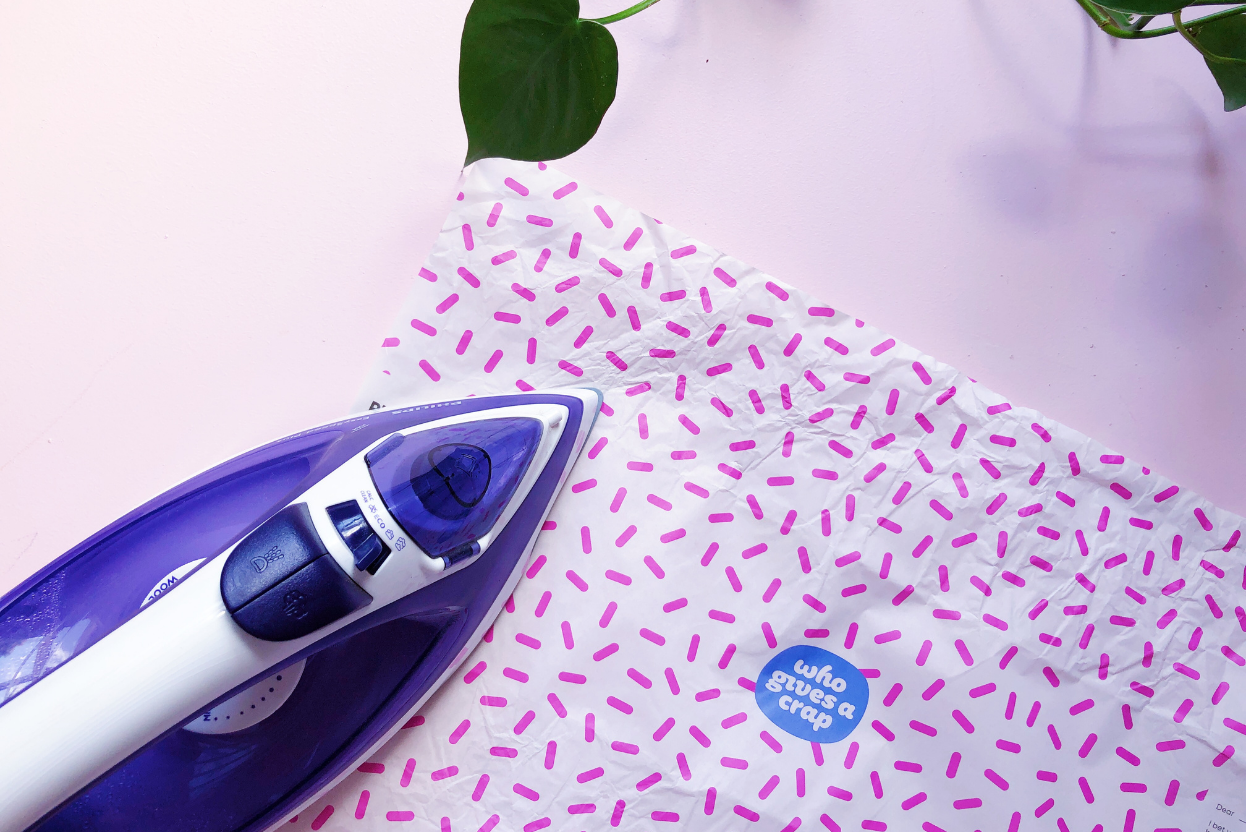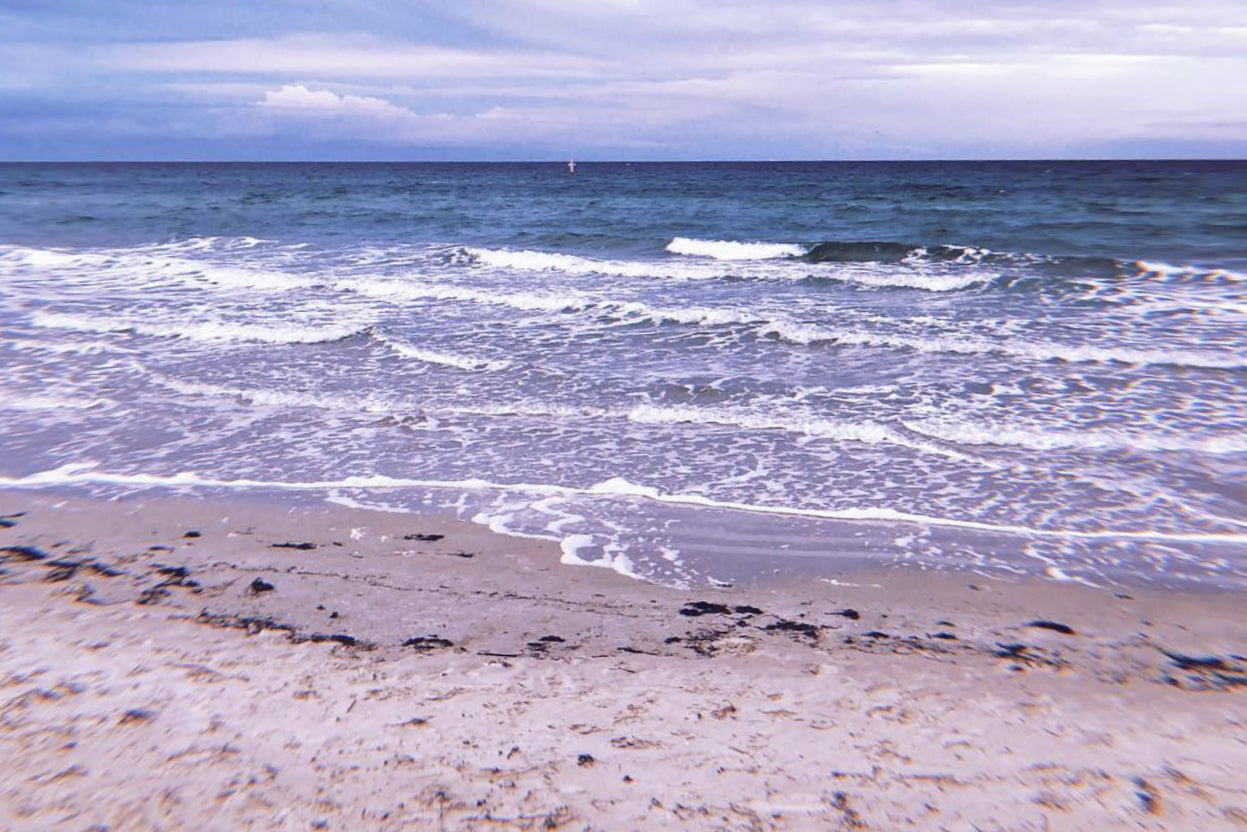
Every year around the world, we flush 15 million trees-worth of toilet paper down our drains
Claire Goldsworthy
Every year around the world, we flush nearly 15 million trees-worth of toilet paper down our drains. If you’re yet to consider the impact of taking ten minutes out on...

